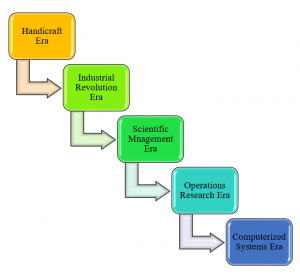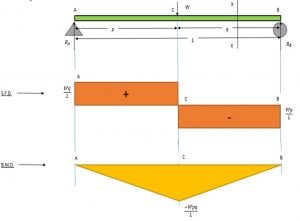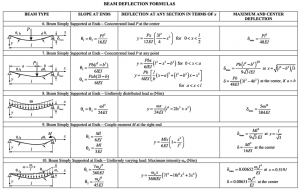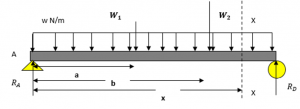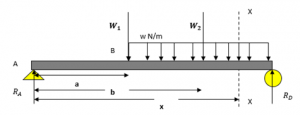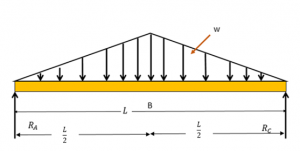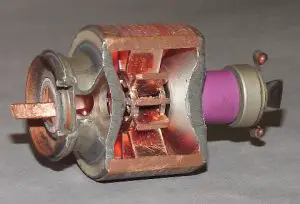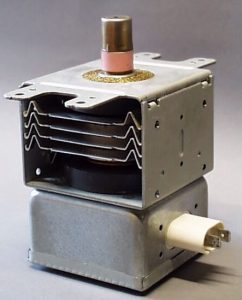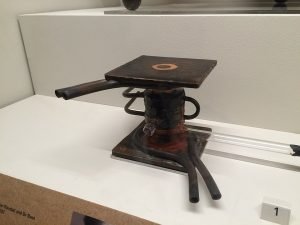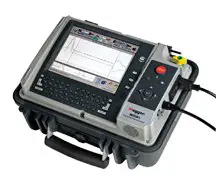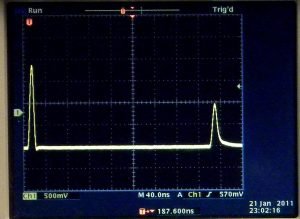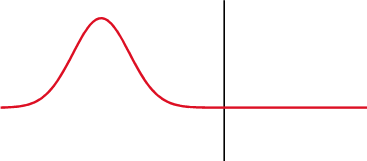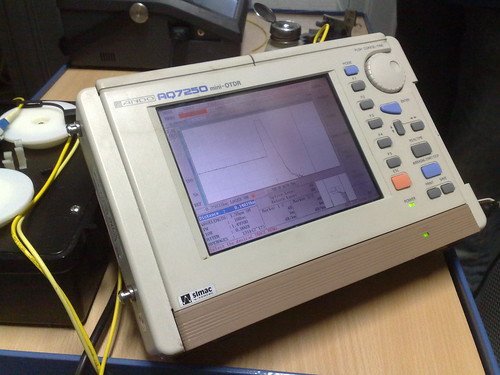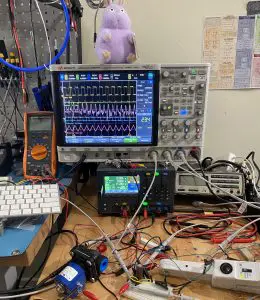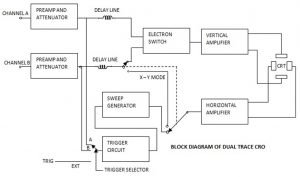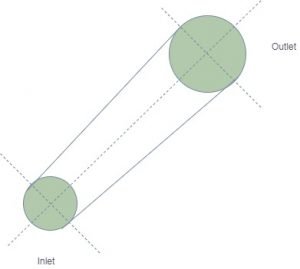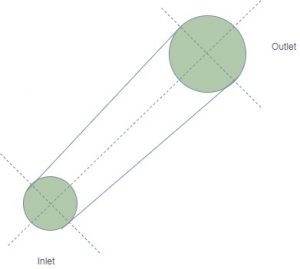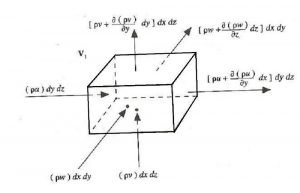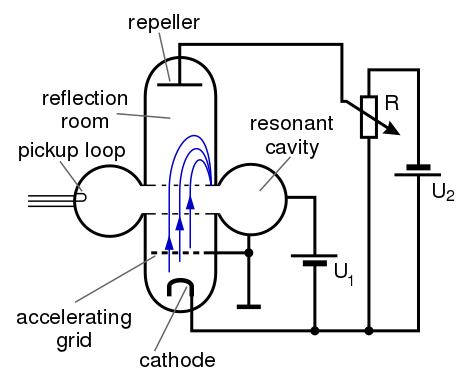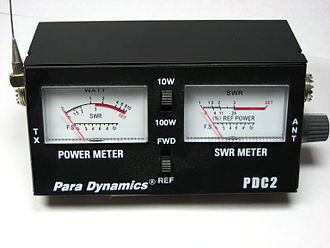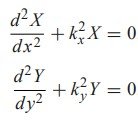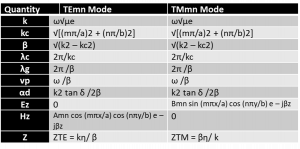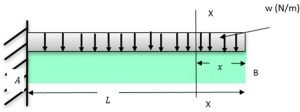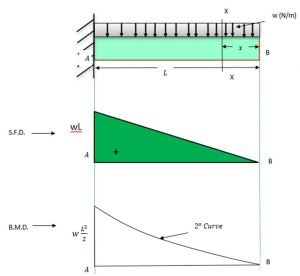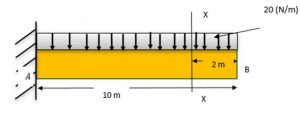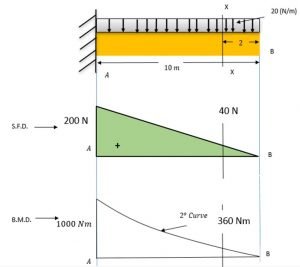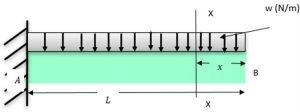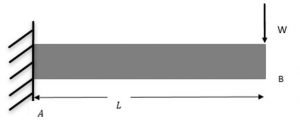Management
Management is the process of planning, organizing, leading and controlling the efforts of the members of an organization to achieve the goals of the organization. Whereas, science is the systematic theoretical knowledge derived and tested critically and finally generalized into laws, theories and principles. Introduction of scientific principles and study in the field of management is done in the field of scientific management.
Scientific management was the very early approach to introduce science into the field of engineering. Introduction of Scientific principles in the field of management gave birth to the scientific management. Scientific management is a branch of Industrial Engineering. Industrial Engineering is the branch of mechanical engineering which is focused on design, installation and improvement systems of people, information, material, energy and equipment.
As famously defined by F. W. Taylor, “Scientific management means knowing exactly what you want men to do and seeing that they do it in the best and cheapest way.”
History of Scientific Management
Management is the most significant thing that started in the Stone Age and continued until the date. In the Stone Age, management was associated with arrows’ production issues for hunting, forming wood lugs for fire, managing beasts for transportation, etc. After the invention of the wheel, the management issues got focused on the production of carts, agricultural work, etc. Still, the real era considered by historians for the management is from the period when man learned and implemented the concept of civilization successfully.
For more details Click Here!
Scientific Principles
Scientific principles are the answers of why and how of basic laws and rules of nature which are accepted by scientists. These scientific principles cannot be written in the mathematical forms. F. W. Taylor was the person who introduced these scientific principles and study in the field of management. This introduction terminated the conventional heat-and –miss and rule-of –thumb methods of management and initiated the rules of scientific investigation including research and experiments.
Scientific Principles of Sustainability
Sustainability is defined as the series of actions or processes through which human being tries to avoid the depletion of nature and natural resources. Sustainability emphasizes on pollution prevention, waste reduction and management, population stabilization, etc.
There are four main scientific principles of sustainability:
- Reliance on Solar Energy
- Biodiversity
- Population Control
- Nutrient Cycling
Every company should follow these four scientific principles while establishing and managing a company.
Principles of Scientific Management
There are four important principles of scientific management which are given by F. W. Taylor.
- Principle #1: Science, not rule of thumb
Replacement of old rule of thumb method
- Principle #2: Harmony, Not Discord
Co-operation between labor and management
- Principle #3: Cooperation not individualism
Equal division of responsibility
- Principle #4: Development of each and every person to his/her utmost efficiency and prosperity
Take care of each and every person
Development of Scientific Management
The development of scientific management is classified into five eras as follows:
- Handicraft Era
- Industrial Revolution Era
- Scientific Management Era
- Operations Research Era
- Computerized Systems Era
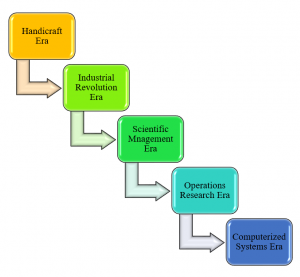
Handicraft Era
- This era starts with the early age of human civilization. From the 14th century to the 18th century.
- This era was about specific groups, including carpenter, blacksmith, goldsmith, etc. so, the management was more about handicraft shops which an individual managed with a minimal volume of persons.
- The compensation received by employees was varied according to place, time, and situation.
- The type of work was not clearly defined, so the remuneration of the work.
Industrial Revolution Era
- It is the era in which the factory system began to develop, and a large group of people started working together—starting from the 18th century to the 19th century.
- Discoveries and inventions of various machines and mechanisms led to the replacement of humans by machines and the replacement of beasts by power sources. Its ultimate effect was the increase in productivity.
Productivity: It is the measure of output obtained per unit input.
- Specialization of labor, division of labor, professional management, the introduction of public and general laws, and disconnection of ownership from management are concepts that started taking shape in this era.
- Contributors of Era:
- Adam Smith: Published ‘The Wealth of Nations’ in 1776, which promoted “Specialization of Labor.”
- James Watt: Invented ‘Steam Engine’ in 1764, which established the example of improvement of productivity using machines.
- Henry Slator: Introduced water and steam power in the textile industry.
- Eli Whitney: Developed the concept of “interchangeability of parts,” which led to the rapid growth of the factory system.
- Charles Babbage: Suggested the concept of division of labor for productivity improvement.
Scientific Management Era
- It is the era in which scientific methods were developed and implemented for process improvement. It is the early part of the 19th century.
- Before this era, management was supposed to be more an art than science. So, the compensation method became transformed the form of time into money through analytical and mathematical solutions.
- Development of classical management theories, development of neoclassical theory, generation of labor laws, strengthening of the workforce, quality and economy concepts’ emergence, development of participative management, development of a democratic type of leadership are the highlights of the scientific management era.
- Contributors of Era:
- Fredrick Winslow Taylor: Published the book ‘Principles of Scientific Management’ in 1915. He is the “Father of Scientific Management.”
- Lillian Gilberth & F. B. Gilberth: Worked on the analysis of fundamental motions of the parts of the body at the micro-level.
- H. L. Gantt: Developed a chart used for scheduling and wedge incentive plans.
- Henry Ford: Developed the idea of the use of conveyors for progressive assembly.
- F. Wilson. Harris: Proposed Economic Order Quantity (EOQ) model.
- Walter Shewhart: developed Statistical Quality Control (SQC)
- Henry Fayol: Developed “Principles of Organization”.
Operation Research Era
Operation Research: It involves decision-making by arriving at solutions systematically using quantitative techniques.
- In this era, management was accepted as a profession. It is the late part of the 19th century.
- In this era, optimization of resources has become prime important.
- The manager’s role gained importance as the improvement in productivity and applications of optimization models became part of the manager’s job.
- Both work allocation and work extraction were based on suitable modeling.
- Use of the documentation process made management more systematic.
- Decision-making became oriented on quantitative as well as qualitative aspects.
- Development of independent demand, time phasing, material requirement planning(MRP), capacity requirement planning(CRP), just-in-time(JIT) inventory concept, enterprise resource planning(ERP), Total quality management(TQM), poka-yoke devices started in this rea.
- Contributors of the era:
- Joseph Orlicky, Oliver Weight, and others: Introduced the concept of independent demand, time phasing, MRP, CRP.
- Western side: Continued with development of manufacturing resource planning(MRP-II) systems, Just-in-time(JIT) inventory concepts, Enterprise resource planning(ERP)
- Eastern side: Witnessed the development of quality circles, Kanban, TQM(Total Quality Management), poka-yoke devices, kaizen.
Computerized Systems Era
The electronic and computerized systems developed till the date started with the development of microprocessors. Also known as chips. In this era of computerized systems. It is the early part of the 20th century.
Microprocessor: It is a processing element used in computers.
- In this era, the process of management was computerized and automated with little or no human effort.
- “You set a system-then it sets you” was the believed principle of the management.
- Planning, designing, processing, transporting, information transmission, and communication are the human efforts that were replaced by machinery.
- System approach accepted for the management.
- Following are some of the developments which are developed in recent past years:
- AGV-Automatic Guided Vehicle
- AS/RS-Automatic Storage and Retrieval Systems
- Computer Graphics
- Computer animation
- Automatic receipt
- CNC- Computer/numerical controlled machinery
- CAPP-Computer Aided Process Planning
- CAD-Compuer Aided Design
- CAM-Computer Aided Manufacturing
- Computer-Aided Plant Layout Planning
- Simulation and Modeling
- HRM-Human Resource Management
- Boundaryless and Virtual organization structure
Characteristics of Management
Following are the important characteristics of management:
- Management is scientific and mathematical.
The organizational goals are achieved by management with the help of scientific techniques and mathematical tools.
- Management is art and tact.
Management is considered as the art of getting things done very often.
- Management is a system of authority and responsibility.
In management, authority and responsibility go hand in hand.
- Management is accountability
The accountability characteristic of management makes it effective and efficient.
- Management is goal-oriented
Management is about clearly defined objectives and moving towards them successfully.
- Management is a distinct process.
Each activity of management distinctly signifies and describes the method and style of fany functioning.
- Management is decision-making.
A correct decision for management leads to grand success, while a wrong decision leads to failure.
- Management is economic efficiency.
Economics is the major factor of management.
- Management is the welfare of mankind.
To have concern for people and their welfare is very important for management.
- Management is an experience.
Experiences and minute records characterize the management continuity.
- Management is team building through coordination.
A group of people does management.
- Management is a profession: Management needs to apply scientific principles; therefore, it is considered a profession.
- Management is universal
Management is found in every act of human beings.
- Management is dynamic: Changing environment brings management changes.
Important Questions and Answers
What is scientific management? | Which of the following best describes scientific management?
Scientific management means knowing exactly what you want men to do and seeing that they do it in the best and cheapest way.
Who is the father of scientific management?
Fredrick Winslow Taylor is known as the father of scientific management.

What is the four Ms of management?
Men, material, machines, and methods are the four Ms of management.
With respect to the development of scientific management, Frederick Taylor’s objective was to
Scientifically determine the most efficient way to perform a task and then teaching it to people.
Which person developed the model of Economic Order Quantity?
F. Wilson Harris developed the model of EOQ.
What are the characteristics of scientific management?
Following are the important characteristics of management:
- Management is scientific and mathematical
- Management is art and tact
- Management is a system of authority and responsibility
- Management is accountability
- Management is goal-oriented
- Management is a distinct Process
- Management ids decision making
- Management is economic efficiency
- Management is the welfare of mankind
- Management is an experience
- Management is team building through coordination
- Management is a profession.
- Management is universal
- Management is dynamic
What are scientific principles?
Scientific principles are the answers of why and how of basic laws and rules of nature which are accepted by scientists. These scientific principles cannot be written in the mathematical forms. F. W. Taylor was the person who introduced these scientific principles and study in the field of management.
What are Scientific Principles of Sustainability?
Sustainability is defined as the series of actions or processes through which human being tries to avoid the depletion of nature and natural resources. Scientific Principles of Sustainability emphasizes on pollution prevention, waste reduction and management, population stabilization, etc.
There are four main scientific principles of sustainability:
1) Reliance on Solar Energy
2) Biodiversity
3) Population Control
4) Nutrient Cycling
Every company should follow these four scientific principles while establishing and managing a company
